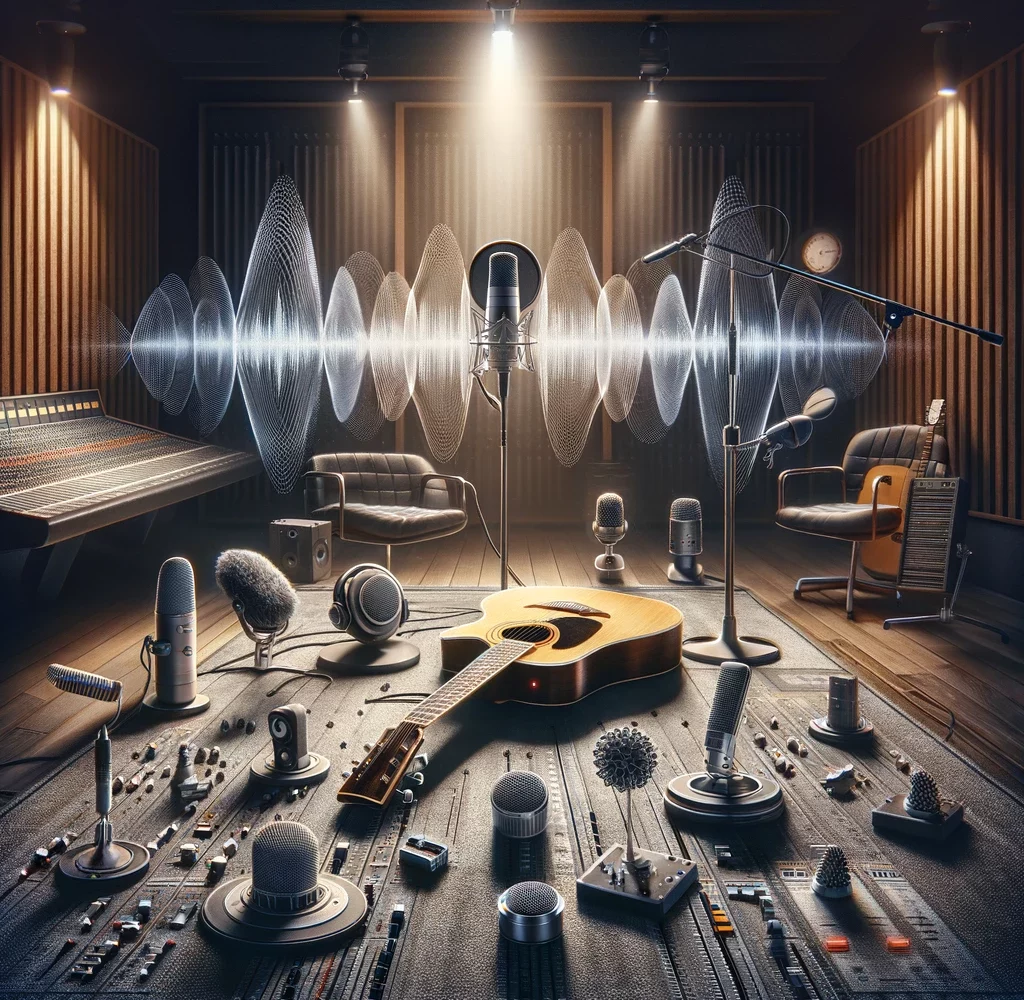
Basics Still Matter: A Foundation in Audio Engineering
In the rapidly evolving world of audio engineering, where technology seems to leap forward with every passing moment, it’s easy to get caught up in the latest software, plugins, and digital interfaces. However, amidst this whirlwind of innovation, it’s crucial to remember that the fundamentals of sound, audio, and microphone placement remain the bedrock of quality audio production. Understanding these basics is not just a nod to tradition; it’s an essential practice that can elevate your work from amateur to professional.
Understanding Sound
At its core, audio engineering is about capturing, manipulating, and reproducing sound. But what is sound? It’s a wave, a vibration that travels through the air or another medium and can be heard when it reaches a person’s or animal’s ear. Understanding this concept is the first step in mastering audio engineering. The characteristics of sound waves, such as frequency, amplitude, and velocity, determine everything from pitch to volume to timbre. A solid grasp of these properties allows audio engineers to make informed decisions about how to capture and shape sounds in their work.
The Art of Audio
Audio engineering is as much an art as it is a science. It involves a deep understanding of how sound behaves in different environments and how it interacts with various materials. This knowledge is crucial when it comes to recording, mixing, and mastering. For instance, knowing how sound waves reflect, absorb, or diffract can help engineers design better recording spaces and make smarter choices in microphone placement and soundproofing. It also plays a significant role in mixing, where understanding the harmonic content of sounds can lead to more balanced and harmonious mixes.
Microphone Placement: The Key to Clarity
Perhaps one of the most tangible skills in audio engineering is microphone placement. The position of the microphone relative to the sound source can drastically affect the captured audio’s quality. Different types of microphones, such as condenser, dynamic, and ribbon mics, have varying pickup patterns and sensitivities, making them suitable for different recording situations. Learning how to leverage these differences is essential for capturing the desired sound quality. For instance, placing a microphone too close to a sound source can lead to a bass-heavy recording due to the proximity effect, while positioning it too far away might capture too much ambient noise.
The Foundation of Professionalism
Why do these basics matter so much? Because they are the foundation upon which all great audio engineering is built. Understanding sound, audio, and microphone placement allows engineers to make the most of their equipment, no matter how basic or advanced it may be. It’s the difference between a recording that sounds flat and lifeless and one that vibrates with energy and depth. It’s what separates the amateur from the professional.
In conclusion, while it’s exciting to explore new technologies and techniques in audio engineering, it’s essential not to lose sight of the basics. Sound, audio, and microphone placement are foundational elements that will always matter, regardless of how much the tools and methods evolve. By mastering these fundamentals, you set yourself up for a successful career in audio engineering, capable of delivering high-quality, professional sound in any project you undertake.

